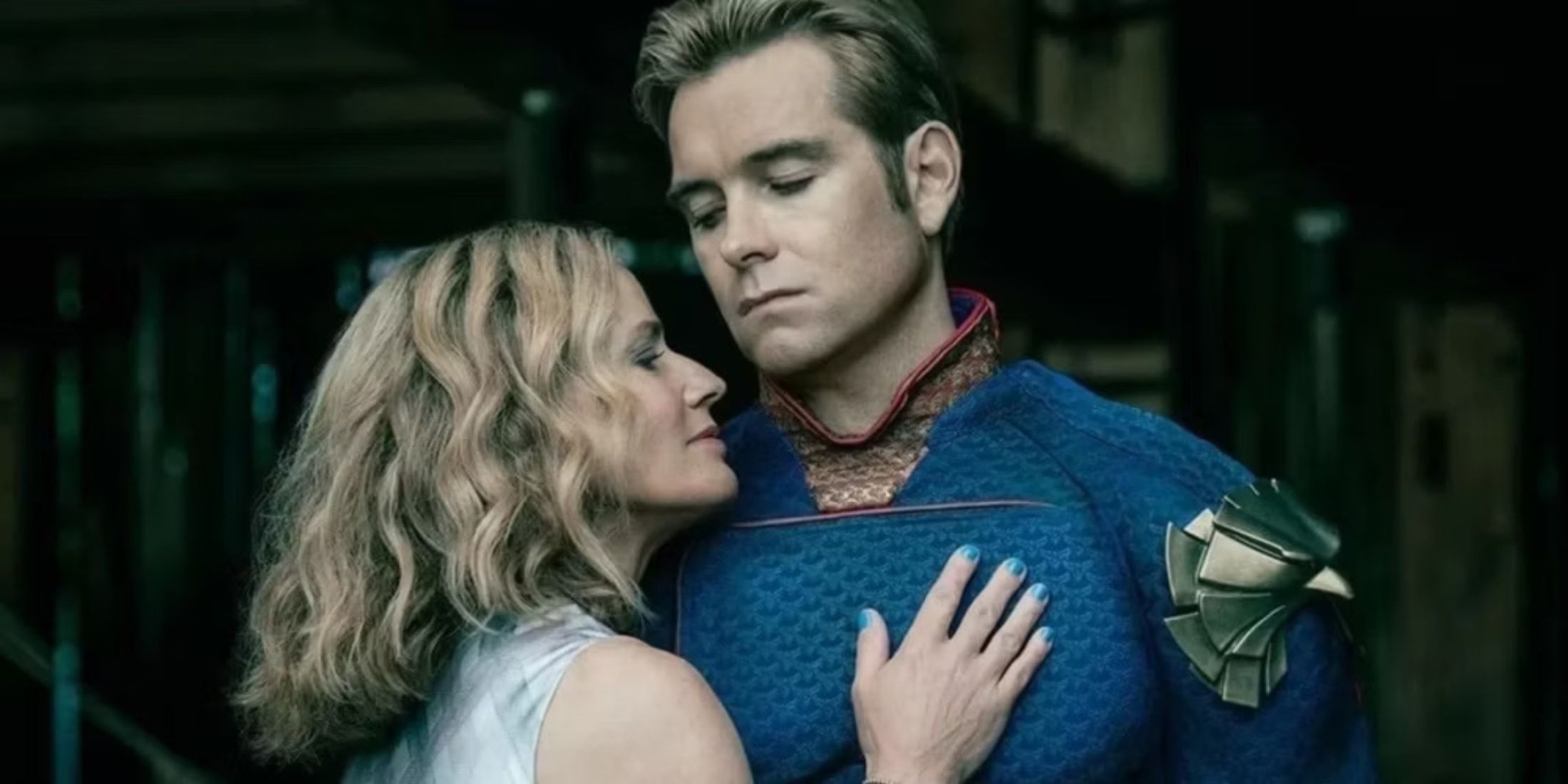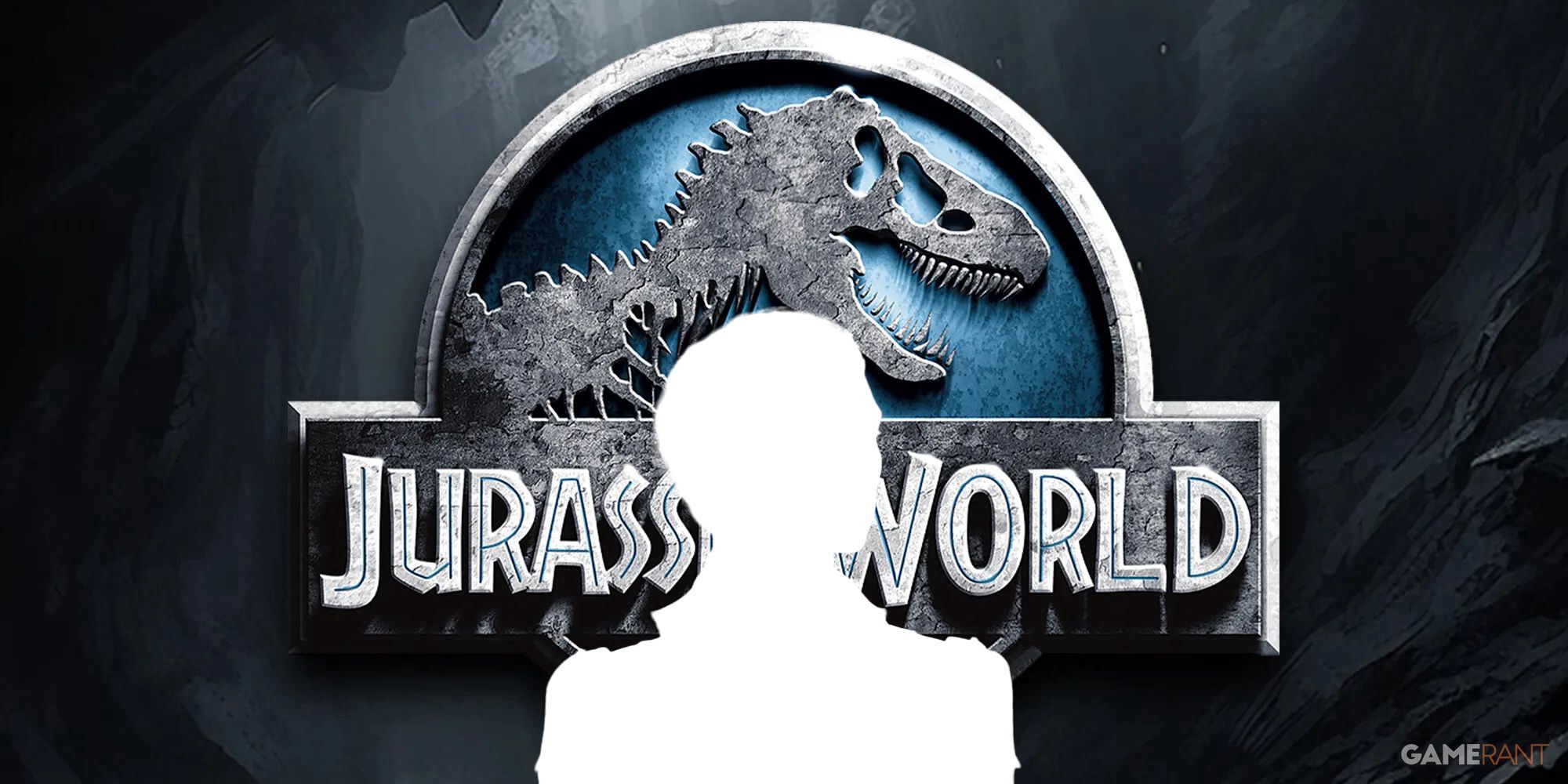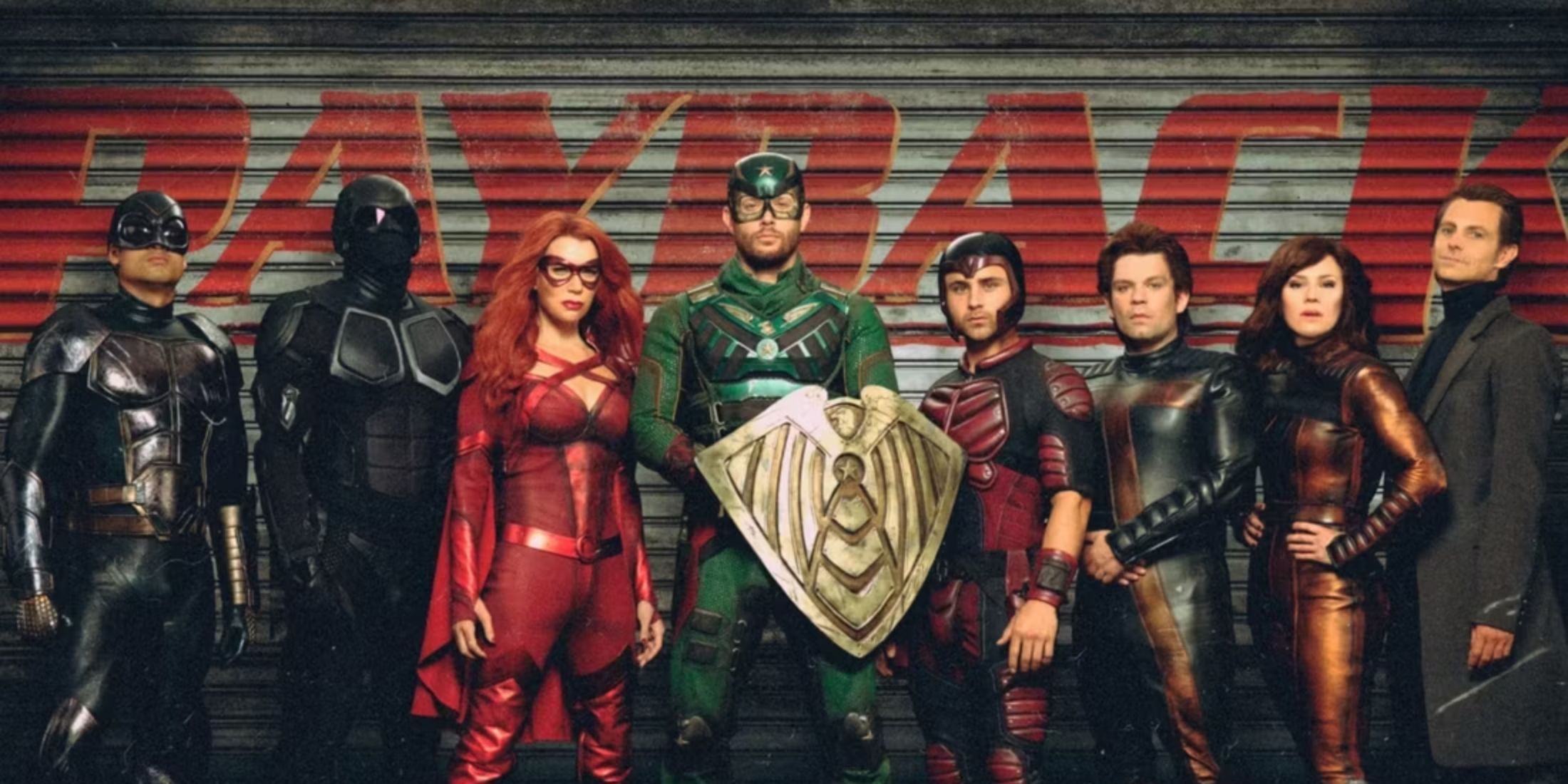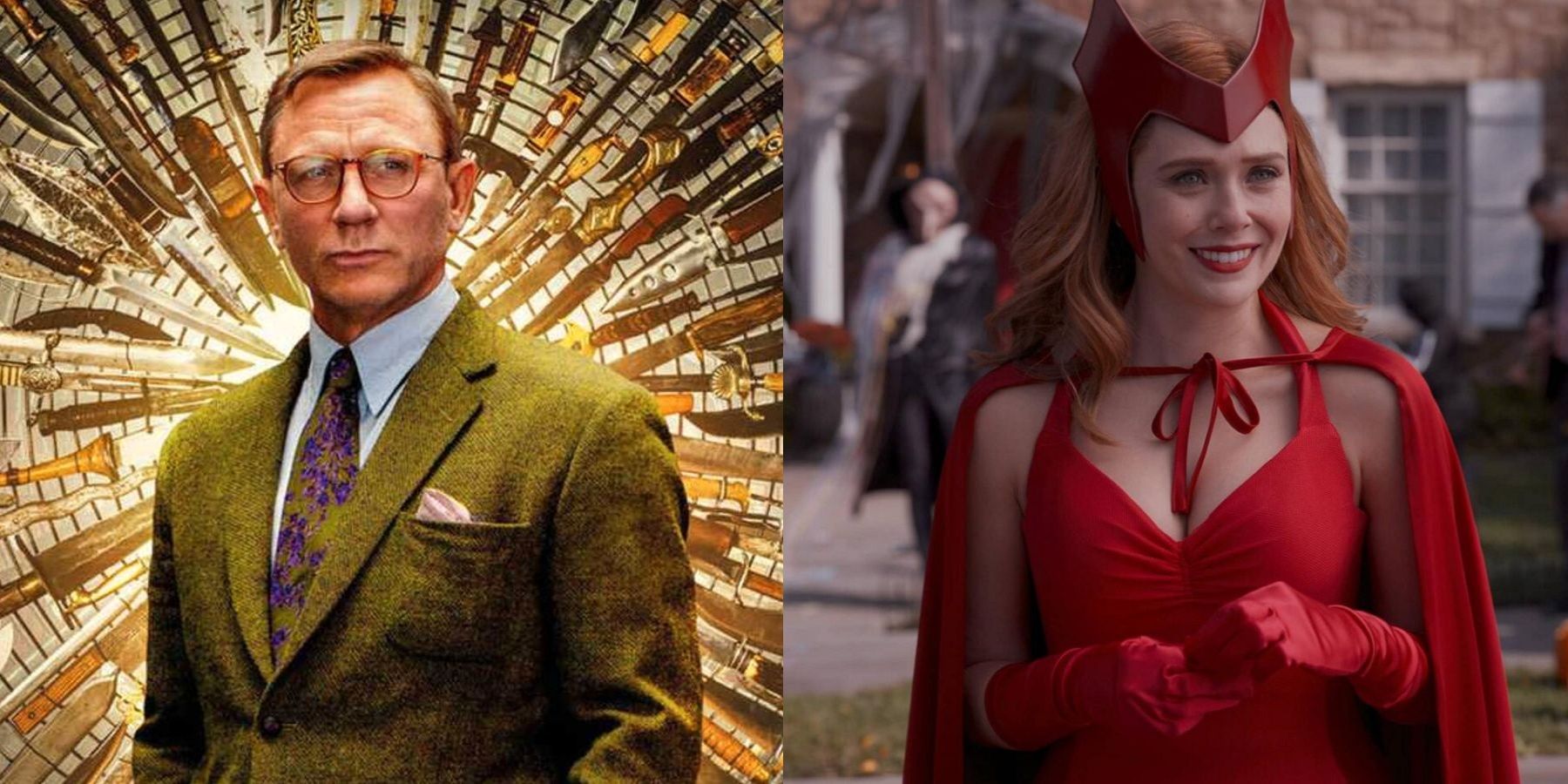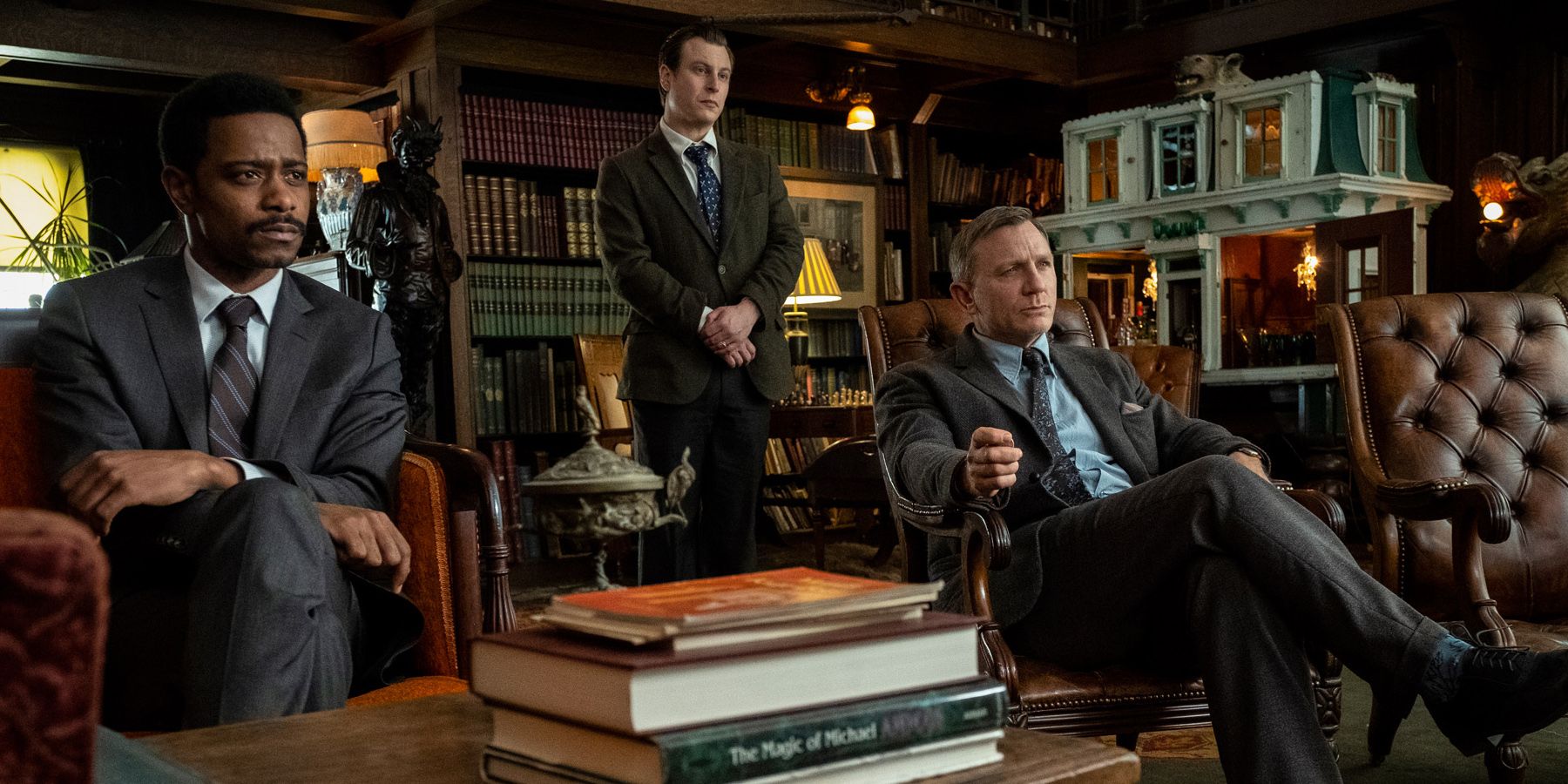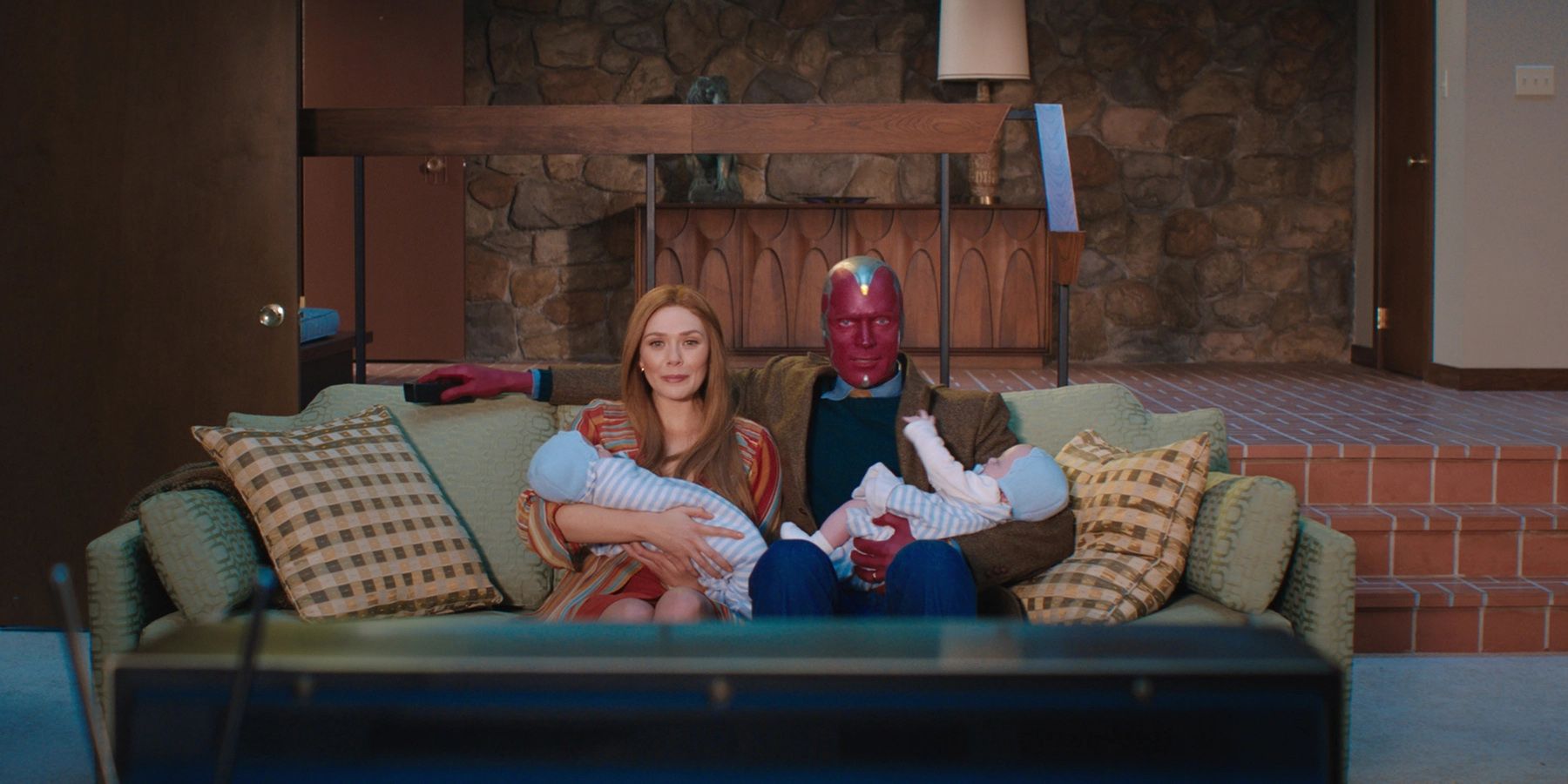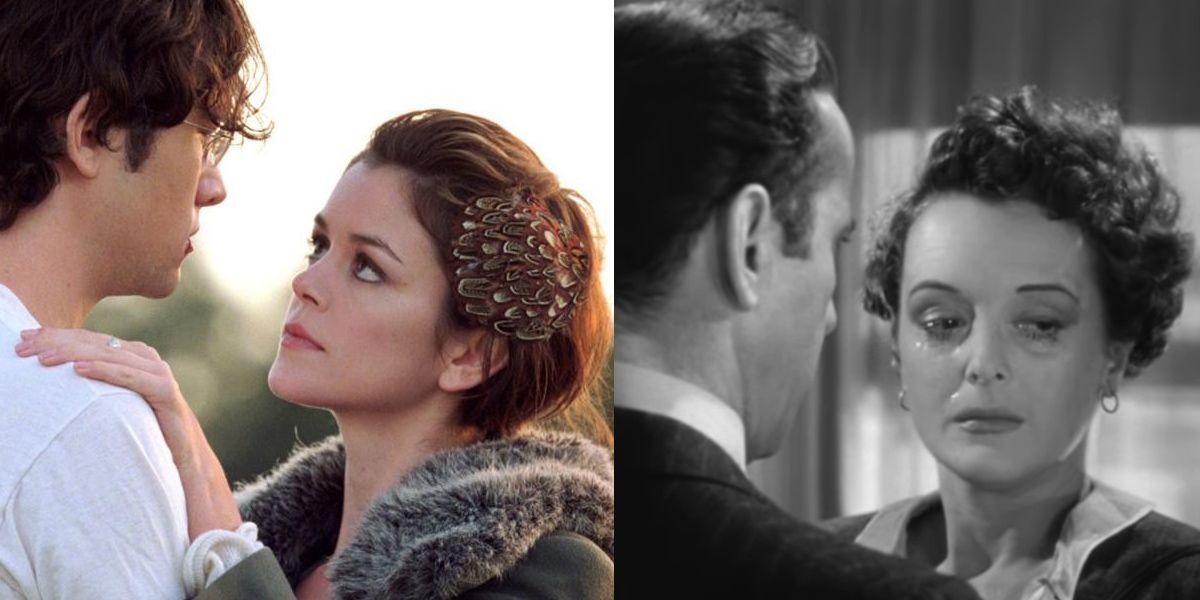Imitation is said to be the sincerest form of flattery, but viewers would hardly think so based on critics’ use of ‘pastiche’. The word is practically an epithet in movie reviews—the last insult spewed at a film when its failure was too feeble to be worth examining, too kitsch to provide guidance for the next attempt. Yet that usage does not reflect the historic role of pastiche in art; it does not reflect what pastiche is. Now pastiche has begun to emerge as a mainstream style—regarded less as imitation and more as bankable formulation.
The success of Rian Johnson’s Knives Out and Disney’s WandaVision signals a new avenue by which studios might capitalize on a culture-wide thirst for nostalgia…while continuing to churn out original content—with room to innovate. It even has the potential to revive genres that have fallen out of favor, refreshing old formulas with minimal risk. In fact, pastiche may be just what Hollywood needs to break away from its rut of reboots and remakes, without staking its future on unpredictable trends.
So what is pastiche? Basically defined, it is, “a work, esp. of literature, created in the style of someone or something else.” Pastiche thus relies on a clear understanding of authorship, but how that concept translates to an inherently collaborative medium like film—what constitutes film ‘authorship’—has been a subject of much scholarly debate. It is not necessary to dig into the finer points of so-called auteur theory, however, to appreciate that authorship in movies generally refers to the look and feel of a film overall.
There are many directors working in present-day Hollywood whose authorship is clearly defined and easily recognized by mainstream audiences; the distinctive style of Wes Anderson movies, for instance, is so consistent that YouTube’s Screen Junkies channel was able to produce just one Honest Trailer for eight of his films. The Coen Brothers, on the other hand, experiment a great deal with different styles and subjects—ranging from the very absurd to the very serious—yet they are considered auteurs for the extent of their control over the filmmaking process, from conception to post-production.
Directors have not always been the principal authors of their films, however; the absence of pastiche from early Hollywood history is a result of how the film industry was structured at the time. The studio system that constituted Hollywood until the 1950s was not conducive to pastiche—because it was not conducive to directorial authorship. Studios were the authors of movies: the overall look and feel of a film were generally determined by what studio produced it, so audiences knew what to expect from an MGM film versus a Warner Bros. film versus an RKO Radio picture.
As a result, moviegoing audiences would have attributed the lush visuals and showstopping musical numbers of Meet Me in St. Louis to MGM more than director Vincent Minnelli; they would have recognized the muted aesthetic and poignant sobriety of Casablanca as hallmarks of Warner Bros. style, rather than the result of Michael Curtiz’s creative choices.
The same anti-competitive practices that ultimately led to the studios’ downfall also limited individual directors’ creative control; the post-studio era witnessed a trickling emergence of auteurism—which only grew into a deluge as Hollywood shook off the restrictions of the Production Code. The seventies and eighties gave rise to a number of prominent auteurs who are still influential in pop culture today—Coppola, Tarantino, and Scorsese (to name a few).
Finally given full freedom to flex their creative chops, directors expanded the popular understanding of cinema for a new era of cultural liberality, bound only by the limits of creativity (and not yet beholden to the economics of taste). While some directors took this freedom and ran as far as they could from convention, others looked back, turning both camera and critical lenses on the history of film.
What they found was not individual authors (not yet, anyway), so much as a new way of incorporating pastiche: the genre pastiche, which viewed authorship, in part, as a function of genre. For instance, director Alan Parker paid tribute to the conventions of 1930s gangster films with his 1976 comedy Bugsy Malone. Wim Wenders celebrated 1940s noir by flattening the many Hollywood adaptations of Dashiell Hammett’s mystery novels (The Maltese Falcon, The Thin Man books) into one genericized narrative, the 1982 neo-noir Hammett. Neither of these movies is a straight genre film—they are pastiche because they point back to specific movies that came before. Yet they acknowledge that, unlike in other art forms, film’s visual language is beholden to genre, its style dependent on substance.
Pastiche seems to have existed in the seventies and eighties as an occasional reminder that the restrictive Studio Era had not been all bad—that it had produced conventions worth keeping. In the nineties, pastiche went meta, defining the works of auteurs who sought equally to celebrate their cinematic influences and to invent new ways of thinking about genre. The Coen Brothers have played with elements of pastiche throughout their multi-decade career, dancing with the line between reconstitution and deconstruction.
Miller’s Crossing, for example, is a straight genre film, as is True Grit—both follow established conventions, but neither movie qualifies as pastiche. Intolerable Cruelty, on the other hand, uses parody and pastiche interchangeably: Billy Bob Thornton eating his prenuptial agreement reads as an obvious jab at the melodramatic gestures of nineties romantic comedies, but the movie’s final subversion lies in the sincerity of its central romance plot, which is pure fairytale pastiche. In Hail, Caesar!, the pair recalls the studio system with similar duality: criticizing constraints of studio culture while celebrating the spectacle of studio productions.
One filmmaker has built his filmography on unqualified pastiche—establishing the form’s relevance for the new millennium. In 2006, Rian Johnson released his first film, Brick, which went mostly unnoticed by mainstream audiences (although it received plenty of critical acclaim). In updating 1941 noir standard The Maltese Falcon, Johnson gave the story an original twist by setting it at a privileged high school—staging the conflict around a missing brick of heroin—but he renders the style of The Maltese Falcon impeccably, down to individual shots and lines of dialogue.
Yet Johnson’s mastery would not receive popular attention until 2019, when whodunit pastiche Knives Out became an unexpected smash hit. Only two years before, Johnson had authored Star Wars’ most controversial episode (The Last Jedi, which is also, in many ways, a pastiche), but after Knives Out, Johnson was celebrated for employing the same formula he had been using since Brick. What changed?
One trend driving the increased popularity of pastiche is that viewers have increased access to cinema history—more ways to watch and learn about the movies that pastiche makes reference to. But with this unprecedented access has come a crisis of curation: as mainstream audiences diversify their tastes, it is harder for producers to predict what concepts will have mainstream appeal. Nostalgia has dominated Hollywood in the last couple of decades, but the content proliferation of the Streaming Age has pushed demand for originality.
Pastiche provides creators a way to offer both, by using old formulas to tell new stories. Last year, WandaVision tested the viability of this proposition, constructing a series of individual pastiches—of sitcoms through the decades, one decade per episode—to frame a drama about grief, magic, and superheroes. The narrative and the style are a pure mashup, tied together only loosely by a fantasy contrivance. Yet the series managed to craft a narrative that was completely new (well, relatively new) while still satisfying viewers’ affinity for the familiar. By reconciling these seemingly-contradictory desires, WandaVision was able to attract a wider audience.
The success, then, of WandaVision affirms a potential avenue for mainstream producers to create content for increasingly-divided audiences. As more and more ‘classic’ movies migrate to streaming services—and as more and more commentators delve into the history of Hollywood—more viewers become primed to appreciate the genres and authors of the past. Because pastiche is fairly flexible in its options for imitation, it does not limit creators who want to tell original stories.
Of course, pastiche might necessarily impose stylistic constraints, as it is the imitation of an existing style—but the strange paradox of pastiche is that it has always been popular with auteurs. Quentin Tarantino’s Pulp Fiction leans heavily on pastiche, as do many of the films of Wes Anderson (notably, Moonrise Kingdom; recently, The French Dispatch). Given the form’s longstanding popularity with creators and its recent ratification by audiences, pastiche might be on the verge of becoming a full-blown trend. Only the critics will be disappointed.

